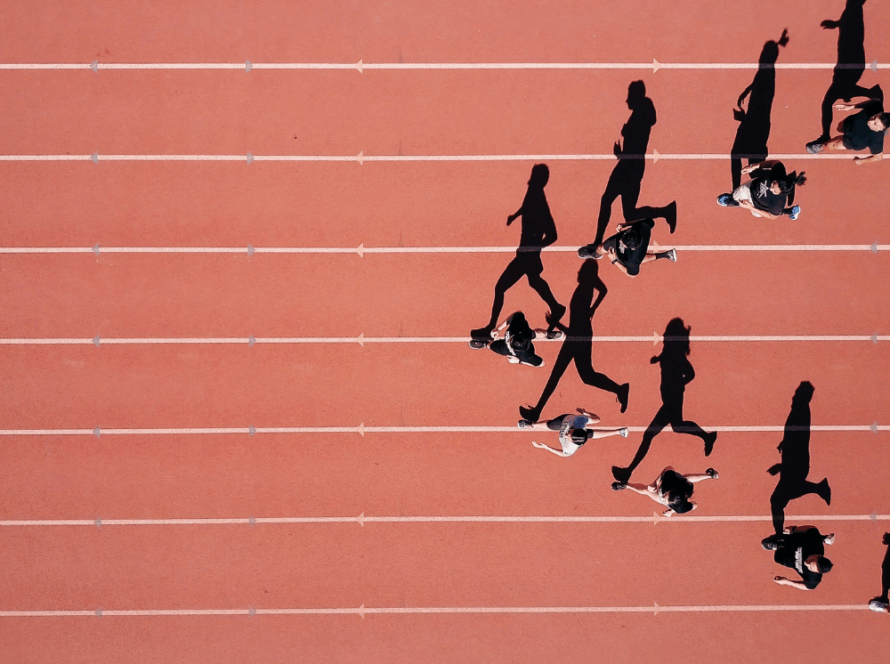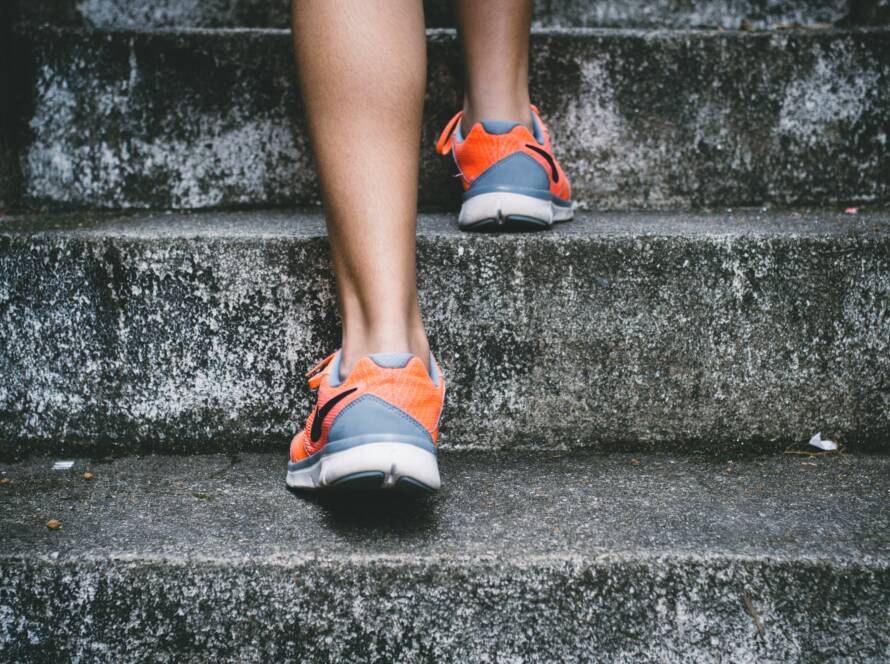Osteoarthritis (OA) is the most common form of arthritis It is also called degenerative joint disease or “wear and tear” arthritis. It most commonly affects the hands, hips, knees and spine. With OA, the cartilage within a joint begins to break down and the underlying bone begins to change. Gradually worsening symptoms appear, such as:
- Pain
- Rigidity
- Loss of range of motion
- Swelling etc.
There is conflicting evidence as to whether regular running is associated with the prevalence of osteoarthritis – the common belief for years was that runners strain their lower limbs, degenerate their joints, and so OA was more common among runners.
“Does running a lot of miles every week put me at a higher risk of getting OA?”
A systematic review and meta-analysis including a total of 12,273 participants (1272 runners) aimed to determine whether weekly running volume is associated with the prevalence of knee osteoarthritis1. Previous evidence suggests that lower rates of knee osteoarthritis are found in amateur runners compared to professionals (who have a higher training volume) and control-non-regular runners (who have a lower training volume). The research concluded that there was no difference in the prevalence of knee osteoarthritis between runners and controls.
Regular runners of 3 categories:
- 8-32.1 km per week
- 32.2-48 km per week
- > > 48 km per week
did not show a higher prevalence of knee osteoarthritis compared to non-regular runners.
“How does running training affect my joints?”
Cartilage assessment studies were performed using MRI before and after running2. Qualitative analyzes showed that repeated exposure of joints to running did not significantly affect cartilage morphology and composition.
The data show that running does not lead to the formation of new knee cartilage lesions. However, evidence remains conflicting regarding pre-existing injuries that running may exacerbate.
Repeated exposure to running did not cause changes in foot and ankle cartilage thickness or composition.
The changes in the cartilage of the lower limbs after running are transient. Immediate changes in cartilage morphology and composition, likely reflecting natural fluid dynamics, did not persist and were generally not statistically significant. The results indicate that cartilage recovers well after a single run and adapts to repeated exposure.
“I have OA in my knee. Am I forbidden to run?’’
Higher levels of moderate to vigorous physical activity, such as running, improve all-cause mortality and cardiovascular events. However, people at high risk for mortality and cardiovascular events are quite likely to have osteoarthritis due to age.
The effect of running on people with knee OA has not been made clear. Therefore, a study3 within the framework of the Osteoarthritis Initiative (OAI) (2004-2014) included people aged 50 years and older, with OA in at least one knee. The association of self-selected running with symptoms and damage progression in subjects with knee OA was evaluated. The participants were 1203 and had a mean age of 63.2 years.
Among subjects aged 50 years and older with knee OA, self-selected running was associated with improved knee pain rather than worsening pain or radiographically visible structural progression of OA.
Therefore, self-selected running, which is likely influenced by your symptoms and adjusted to a lower intensity and shorter duration, need not be prohibited if you have osteoarthritis. In fact, exercise and running are recommended, as long as joint discomfort does not worsen, for their contribution to overall health, weight control and their beneficial effect on the cardiorespiratory and other systems of the body.
- Lo GH, Musa SM, Driban JB, Kriska AM, McAlindon TE, Souza RB, Petersen NJ, Storti KL, Eaton CB, Hochberg MC, Jackson RD, Kwoh CK, Nevitt MC, Suarez-Almazor ME. Running does not increase symptoms or structural progression in people with knee osteoarthritis: data from the osteoarthritis initiative. Clin Rheumatol. 2018 Sep;37(9):2497-2504. doi: 10.1007/s10067-018-4121-3. Epub 2018 May 4. PMID: 29728929; PMCID: PMC6095814
- Khan MCM, O’Donovan J, Charlton JM, Roy JS, Hunt MA, Esculier JF. The Influence of Running on Lower Limb Cartilage: A Systematic Review and Meta-analysis. Sports Med. 2022 Jan;52(1):55-74. doi: 10.1007/s40279-021-01533-7. Epub 2021 Sep 3. PMID: 34478109.
- Burfield M, Sayers M, Buhmann R. The association between running volume and knee osteoarthritis prevalence: A systematic review and meta-analysis. Phys Ther Sport. 2023 Feb 13;61:1-10. doi: 10.1016/j.ptsp.2023.02.003. Epub ahead of print. PMID: 36809693.
ΑΓΓΕΛΙΚΗ ΦΩΤΕΙΝΟΥ



